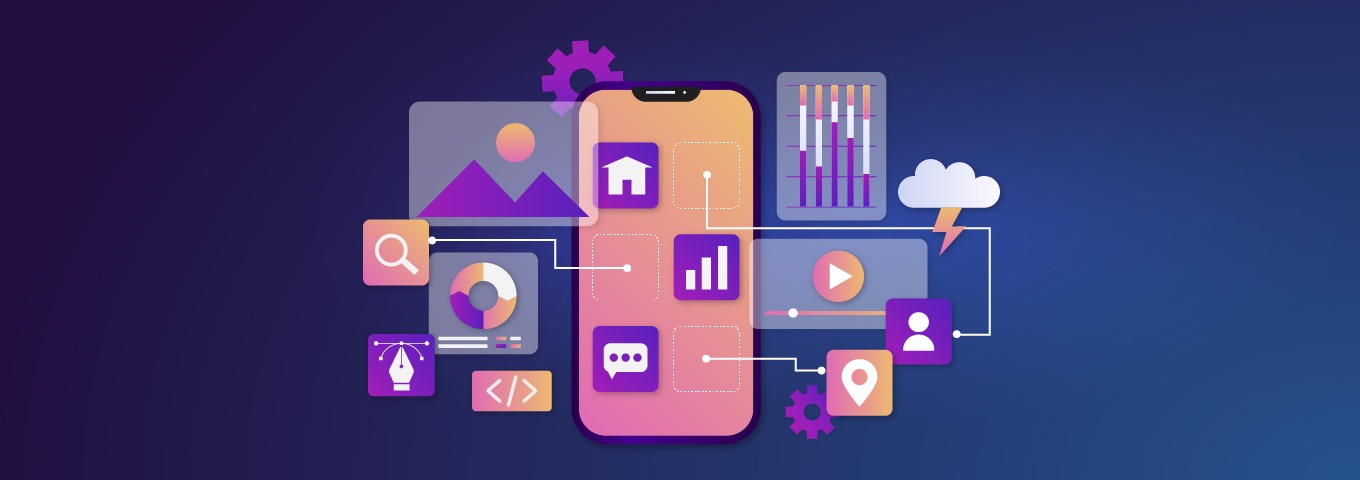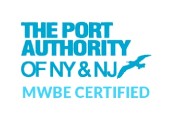
Cloud Computing Models: SaaS, PaaS, and IaaS
Introduction:
Cloud computing has revolutionized the way businesses and individuals use technology. It provides a flexible, scalable, and cost-effective solution for managing and delivering computing resources over the internet. The three primary cloud computing models are Software as a Service (SaaS), Platform as a Service (PaaS), and Infrastructure as a Service (IaaS). In this blog, we will delve into each of these models and provide simple examples to illustrate their functionalities.
1. Software as a Service (SaaS):

SaaS is a cloud computing model that allows users to access and use software applications over the internet. The software is hosted on the cloud provider’s infrastructure, and users can access it through a web browser without the need for installation or maintenance.
Example: Gmail
Gmail is a prime example of SaaS. Users can access their email accounts and use the entire suite of email-related features (compose, send, receive, organize emails, etc.) through a web browser. They don’t need to worry about maintaining servers, updating software, or managing the underlying infrastructure. Google takes care of all the backend operations, and users can access their email from any device with an internet connection.
2. Platform as a Service (PaaS):
PaaS is a cloud computing model that provides a platform allowing customers to develop, run, and manage applications without the complexity of building and maintaining the underlying infrastructure.
Example: Heroku
Heroku is a popular PaaS provider. Developers can use Heroku to deploy and manage their web applications effortlessly. They can focus on coding and application logic, while Heroku handles the provisioning and scaling of servers, databases, and other infrastructure components. This allows developers to streamline the development process and reduces the time spent on server administration tasks.
3. Infrastructure as a Service (IaaS):
IaaS is a cloud computing model that offers virtualized computing resources over the internet. It provides the fundamental building blocks for cloud IT, allowing users to rent virtual machines, storage, and networking resources on a pay-as-you-go basis.
Example: Amazon Web Services (AWS)
AWS is one of the leading IaaS providers in the world. Customers can rent virtual servers known as Amazon Elastic Compute Cloud (EC2) instances and storage like Amazon Simple Storage Service (S3). Users have full control over their virtual machines, allowing them to install and configure any software they require. AWS takes care of the physical infrastructure, and users only pay for the resources they consume.
Conclusion:
Understanding the three primary cloud computing models, SaaS, PaaS, and IaaS, is crucial for individuals and businesses looking to leverage cloud technology. Each model offers distinct advantages, and the right choice depends on specific requirements and preferences. Whether you need ready-to-use software, a development platform, or complete control over your infrastructure, cloud computing has a solution to suit your needs. Embracing cloud computing can significantly enhance efficiency, scalability, and cost-effectiveness in the digital era.
Post a comment Cancel reply
Related Posts
Passkeys: The Future of Passwordless Authentication
The days of memorizing complex passwords may soon be behind us. With the growing need…
The Role of APIs in Accelerating Innovation
In today’s rapidly evolving digital world, businesses must innovate quickly to stay ahead. One of…
Generative AI in Oracle Databases
Oracle has integrated generative AI capabilities into its database ecosystem, particularly with Oracle Database 23ai…
The Pivotal Role of UI/UX in Software Development and the AI Advantage
In today's fast-paced digital world, software development has transcended mere functionality. A well-designed software application…




















